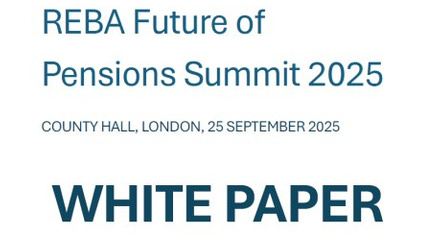Why executive pensions are coming under pressure again – and what to do about it

It’s not the first time that employers have dealt with the push for a more equitable approach. Back in the mid-1990s, pensions were one of the elements of executive pay that came under fire during the so-called ‘fat cat’ privatisation scandal. Executives received huge payouts just for being in the right place at the right time, when the government privatised utilities such as water and electricity.
Five reasons executive pensions are back under pressure
- Growing investor backlash against ‘excessive’ executive pensions.
- Greater emphasis on distributive justice and ‘fairness’ in the workplace.
- New reporting standards that show how much executives receive in pension contributions.
- Cash allowances required by the lifetime allowance (LTA) that make it easier to spot large payments.
- Less generous workplace pension schemes that widen the gap further still.
Pension transparency in the modern workplace
Compensation transparency has been a growing theme over the last 25 years. In the UK, it began with the original 1990s pension debacle, and reemerged with the perception that executive greed contributed to the global financial crisis several years later. These events added to the drive for accountability, and have caused governments around the world to look at ways to provide greater disclosure of both pay and pensions.
‘Fairness’ and distributive justice
Distributive justice — the perceived fairness with which rewards are allocated — has become a priority in western societies, especially since the 2008 financial crisis. Employees have begun to kick back against what they see as unfair practices, and millennials are at the forefront of this resistance.
Generally speaking, in this climate, the more executives have in common with other employees, the better. But when it comes to how much an executive is worth, perspectives differ.
To avoid controversy, it seems more sensible to align someone’s pay to the organisation’s performance during their tenure, rather than the length of time they have been there.
The impact of the LTA
The government’s LTA limits the amount that can be drawn from a pension plan without triggering an extra tax charge. In 2006, when the allowance was introduced, this limit was £1.5 million. Now it stands at just over £1 million.
With the lower threshold, even someone with a £50,000-a-year pension is likely to be affected, so executives are not the only ones who lose out. However, whilst these top earners could previously retire with £25 million pension pots, they now have to use ‘cash in lieu of pension’ allowances to get around the new rules. And that makes it easier to see just how much is being contributed to their retirement funds.
The business problem with executive pensions
In 2016, a payment of £735,000, or about 75% of an outgoing pharmaceutical executive’s salary, was transferred into his pension. Combined employer and employee contributions to the average workplace pension, on the other hand, were just 3.4% in 2017, according to the Office for National Statistics’ occupational pension schemes survey (2017).
Not everyone has the same idea of what is fair. Even so, it’s widely accepted that it’s not fair for executives to receive a pension contribution at a considerably higher salary percentage than the rest of the workforce.
Considering the trends, the most defensible and competitive position may well be to provide all employees — including executives — with contributions at the same salary percentage. At the very least, organisations should ensure they can easily justify any differences. The optics of the situation need careful management. And ultimately, executive pension arrangements must be adapted to fit the demands of the modern world.
In a society where ethics and fairness are increasingly important, such a policy should help to improve customer and talent perceptions and protect the brand’s reputation. Moreover, it allows the company to concentrate on creating value.
The author is Mark Childs, managing director, Total Reward Group, a Gallagher company.
Supplied by REBA Associate Member, Gallagher
Consultancy services including organisational wellbeing, culture change and internal communications.







